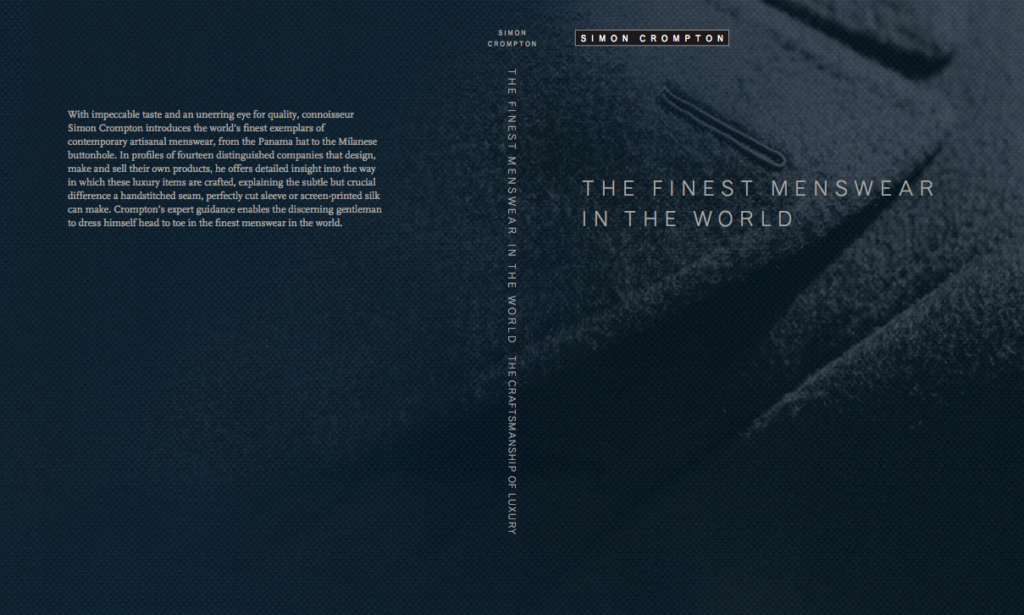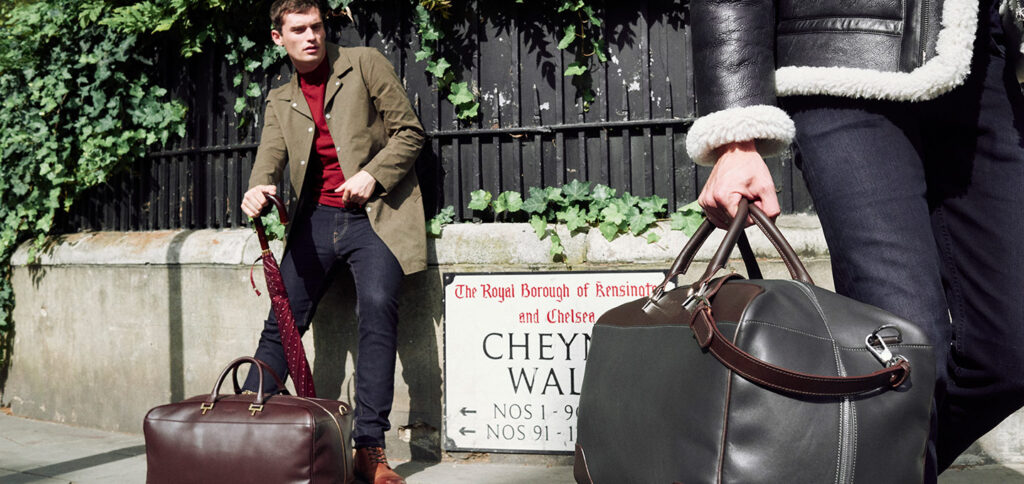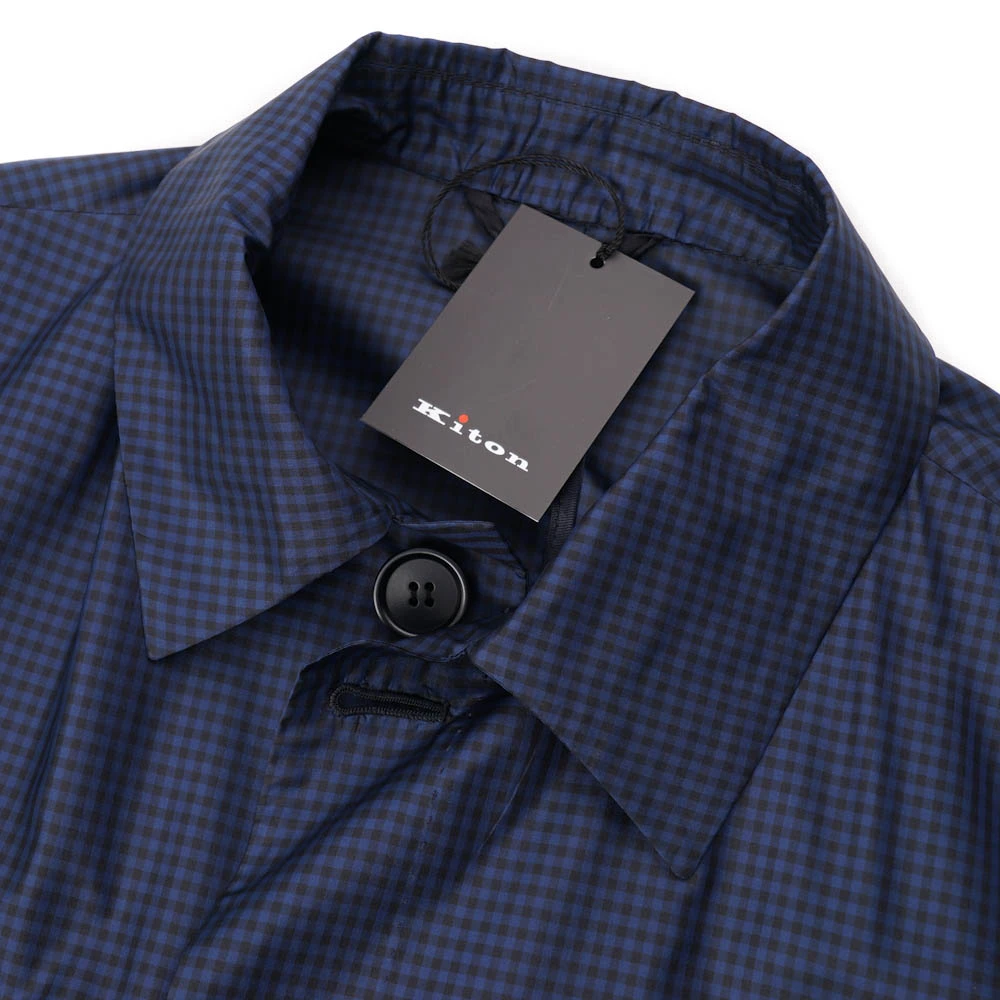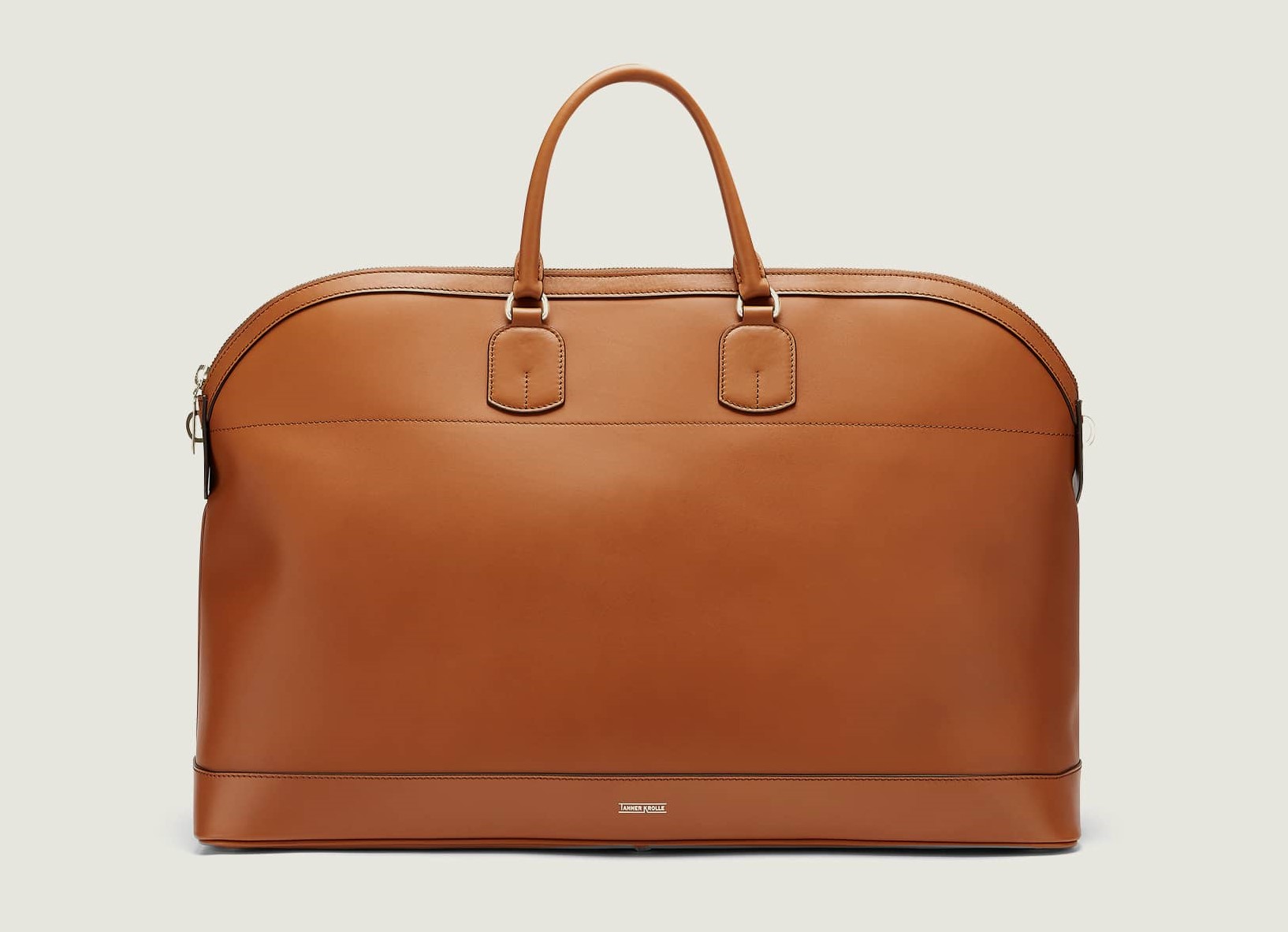I recently read the book written by Simon Crompton in 2016, The Finest Menswear in the World. It is mentioned that the best bag is made by Dunhill.

I was genuinely confused.
Regardless of the world-renowned Hermes, only in the UK, there is at least Tusting who focuses on bags.

Alfred Dunhill, as a well-known luxury brand in the UK alongside with Burberry is in the second tier of fashions houses at best, how can its bags be the best in the world?

The book also explains that only those produced in London, the Tradition line, due to the large proportion of hand stitching, is really good.

And this line is actually made by Tanner Krolle, which makes luxury leather bags for a long time but is only famous among a few people.

In the field of classic menswear, especially in the West, people have a deep obsession with hand sewing.
As long as it is hand-sewn, it is necessary to be good. This is almost like superstition in my opinion. For example, Simon explained that hand stitching can last longer for bags.
Whether it is handstitched sole of dress shoes or the stitching of the bag handle, it is only possible to last longer if they are sewn denser than machines.
Moreover, longer use is better, which is also a point that I do not recognize in the great paradox, because long time is not a consideration point for most people now, or the test that commodities are set to withstand.
Of course, he also listed the benefits of Kiton’s hand-handling of shirts and Anderson & Sheppard’s chest linings for suits, a lot of which I think is in comfort, which I think is correct, and I need to experience it myself to see if it is fancied by myself.

I believe that the meaning of manual implementation is to achieve something machine cannot realize, or that the economic scale has not yet reached the effect of someone inventing the machine. Today, the place may be less about durability and more about comfort and aesthetic expression.
People make it with heart, there is a temperature, but this temperature needs to be experienced, not marketed.

